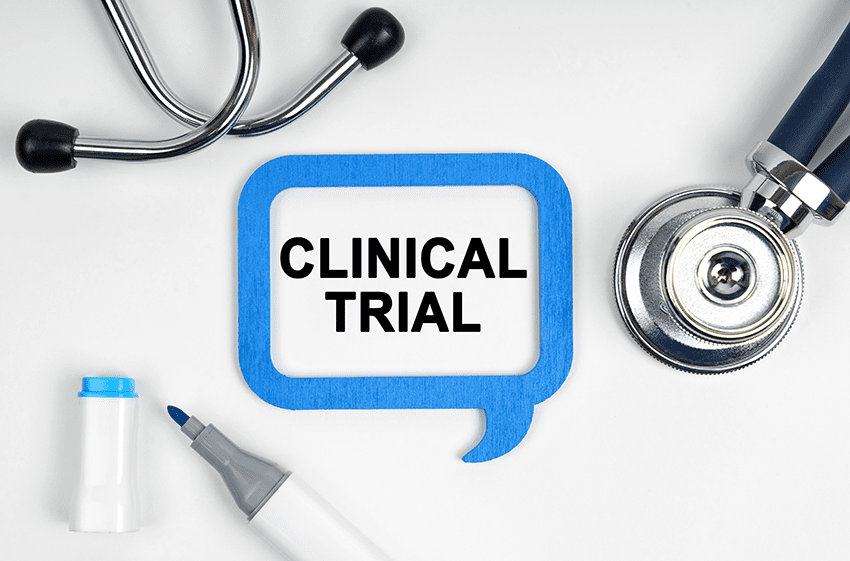In the United States, companies must obtain approval from the U.S. Food and Drug Administration to run clinical studies and transport or distribute therapies across state lines. To do so, companies may submit an Investigational New Drug (IND) application. The company may then proceed to studies once the IND is accepted/cleared by the FDA. According to a news release shared on AsiaOne, the FDA recently approved an IND for CBL-514, a potential treatment for people with Dercum disease.
Developed by biopharmaceutical company Caliway Biopharmaceuticals, CBL-514 is described as a:
first-in-class lipolysis injection that can induce fat cell apoptosis (death) without causing necrosis or damage to other tissues or cells. On average, 25% (around 120mL) of the treated area fat can be reduced [with] 50% [fat reduction] at most.
So far, prior studies have shown that CBL-514 prompts fat reduction by upregulating the apoptosis mediator caspase 3 and Bax/Bcl-2 ratio. The therapy does not have any systemic respiratory, cardiovascular, or central nervous system (CNS) adverse effects. Within prior studies, researchers have also found that CBL-514 reduces pain related to Dercum disease.
The upcoming Phase 2b CBL-0202DD trial will explore how safe, effective, and well-tolerated CBL-514 is. Participants will receive 16 weeks of treatment: either CBL-514 or a placebo. The primary endpoint is the percentage of lipomas with a complete response to treatment, with secondary endpoints including partial treatment responses, response duration, lipoma reduction, and pain reduction.
Need-to-Know Dercum Disease Facts
Also known as: Dercum’s disease; Adiposis Dolorosa; Anders’ syndrome; Dercum-Vitaut Syndrome
Dercum disease is a rare disorder and loose connective tissue disease characterized by the formation of many painful, fatty tumors (lipomas). These lipomas most often appear on the trunk, upper arms, and upper legs. While these lipomas often form subcutaneously, they can also form deeper in the body. Doctors don’t know the exact cause of Dercum disease. However, corticosteroid use, endocrine dysfunction, genetics, and autoimmune abnormalities could play a role. Dercum disease occurs most often in menopausal and obese women. But this disorder can occur in people who aren’t obese, as well as men.
Symptoms associated with Dercum disease may include:
- Painful lipomas that may cause severe, debilitating pain that can:
- Last for hours
- Only occur at certain times
- Be continuous
- Worsen with movement
- Fatigue and general weakness
- Obesity
- Mental disturbances such as depression, dementia, confusion, emotional instability, or epilepsy
- Easy bruising and bleeding, such as nosebleeds
- Cyanosis (bluish skin discoloration)
- High blood pressure
- Joint pain
- Tremors
- Severe hypothyroidism
- Early congestive heart failure
- Headaches








